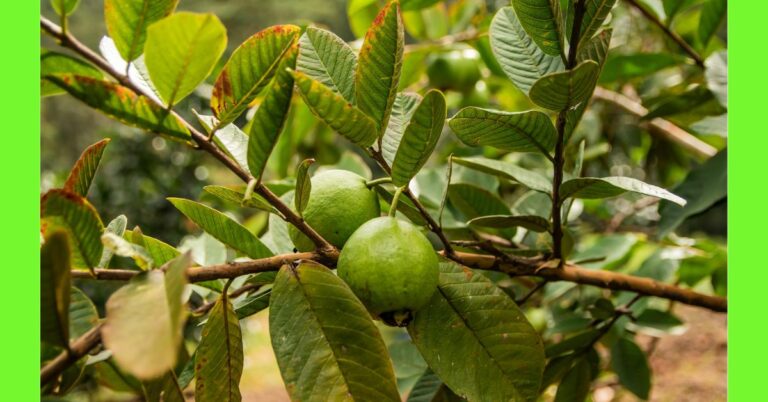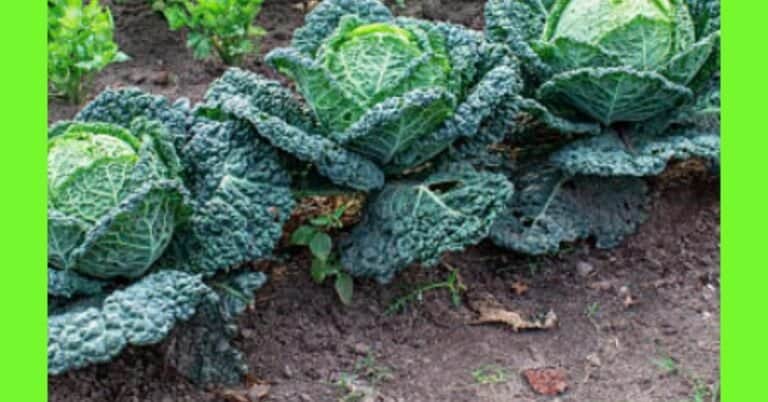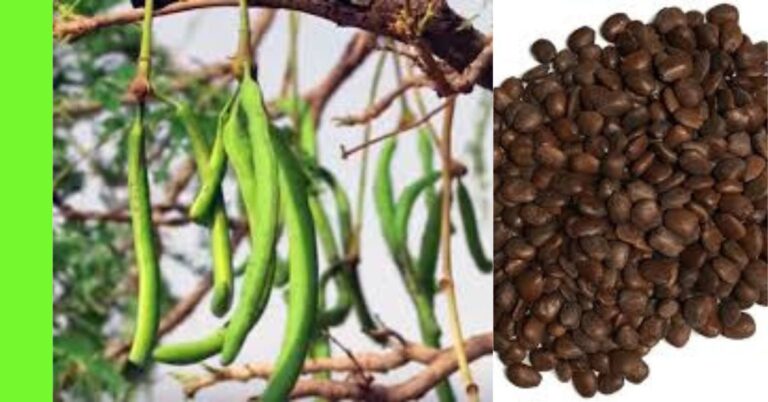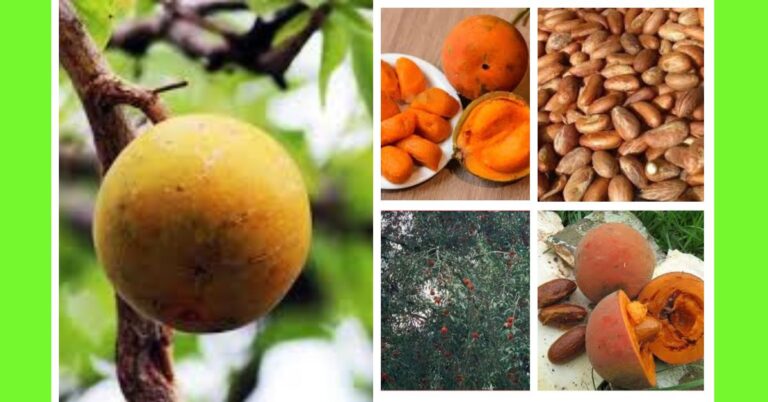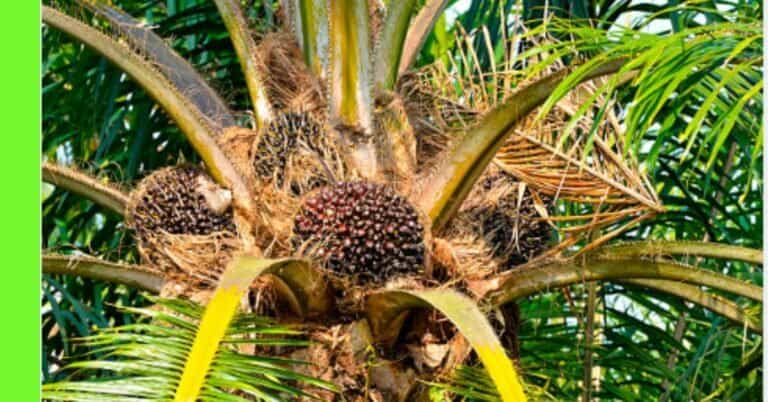Planting Yam: See How To Plant Yam
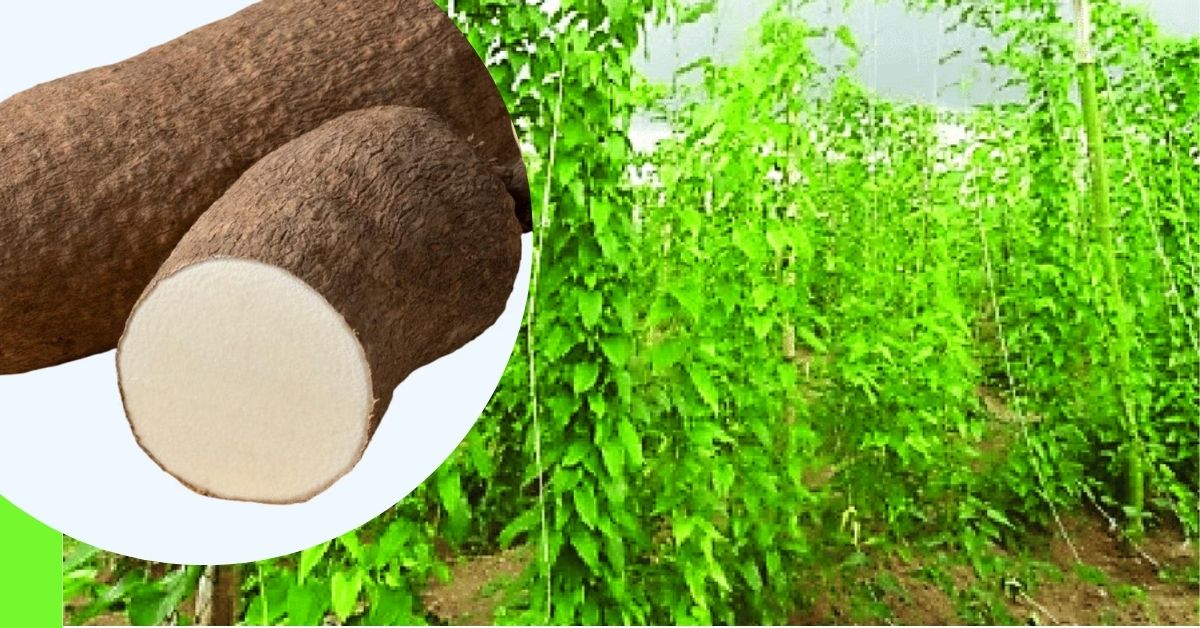
Yam (Dioscorea rotundata) and (Dioscorea cayennensis) are monocots.
They are starchy vegetables that grow underground.
Would you love to grow yam in your farm or garden?
This article is bent on educating you on how to plant yam.
Description of Yam Plant
Yam plant is an annual crop with climbing vine,
With long and slender stems that grow to a length about 10 m (32.8 ft) or more,
The stems carry the leaves.
These leaves are green in colour and have a heart shaped.
The yam tuber grows underground.
Yam tubers have thick and rough skin with brown to tan colour.
The inside or flesh is firm, dense and starchy,
It’s cream, white or off white or yellow in colour.
more often yam (Dioscorea rotundata) is white in colour
and yam (Dioscorea cayennensis) is yellow in colour.
Planting Season for Yam
In Nigeria March, April and May is best for planting yam in the southern part.
And June, July and August in the northern part.
Dry season cultivation is done between December and February.
Planting Yam
Step 1 – Choose a Location
The farmland should have a well drained soil, preferably Sandy loamy soil.
It should have enough access to sunlight.
Step 2 – Land Clearing and Preparation
Before you plant, clear and prepare the soil for planting
Cut down shrubs and grasses, remove any dirt such as nylons or paper
Till the soil to loosen it,
This is very important for the crop to produce well as the plant reproduces underground.
Apply a good quantity of manure to the soil.
Make ridges
And if planting in sacks fill up the sacks (bags) with soil.
Step 3 – Seed Selection when Planting Yam
Yam is propagated through seed yams (small whole yam) or setts (cut pieces of yam)
Recent development or technique shows that yam can be grown through the stem or vine cuttings.
We have various species or varieties of Yam in Nigeria,
These varieties are named by location where they are grown e.g Ebira Yam, Zaki Ibiam Yam, Onitsha Yam etc.
And newer varieties come with there given names e.g UMUDa-27 (TDa1100201), UMUDr-18 (TDr 89/02475)
Decide on which variety to grow then Purchase seeds from garden or farm stores.
Seeds or setts stored from the last harvest can be used as well.
How to make yam setts
Cut the yam tubers into small cuts with the peel intact.
Treat the cut with wood Ash
Step 4 – Plant the Seed
With seed yam:
On the ridge, push in the seed yam into the soil or make a hole on the ridge enough to take the tuber with the yam head upward, cover up with soil.
With yam setts:
On the ridge make a hole enough to accommodate the yam setts and ensure the tip faces upward.
To plant the yam, you have to Finally plant the Yam into ridges or bags with the tip planted upward. The yam should go deep into the soil.
The spacing between each plant should be 40 cm (15.7 in) by 75 cm (29.5 in).
To plant with sacks:
With bags already filled with soil,
Make a hole in the soil enough to accommodate the seed yam or setts.
Place in the seed and cover with soil.
One seed yam or yam setts to one sack or bag.
Step 5 – Watering
Yam tubers need a good amount of water to grow effectively.
Ensure to water the plant immediately after planting.
Water everyday in the dry season or as needed during the rainy season.
Step 6: Stacking
Yam plants normally grow, spreading on the soil.
In order to control the growth pattern of the plant we will need to stake them.
This is done by placing a rod or stick (bamboo) close to the plant and gently attaching the plant to the stalk.
Be careful with the plant when stalking and avoid getting the stem cut.
Step 7: Apply Manure
Make sure to apply manure or compost to the plant after planting.
Maturity and Harvest
Yam take about five to seven months to mature, depending on the variety.
One indication that Yam is due for harvesting is that the leaves start dying.
To harvest, dig a hole around the plant with your shovel, hole or digger and drag out the yam tuber from the ground.
Mechanized tools are also employed for yam harvesting.
Pest and Diseases
Pests
Some of the pest that affect yam include
- Yam Bettle
- Mealy Bugs
- Termites
- Nematodes
- Yam Scales
Diseases
Some of the diseases that affect yam include
- Yam Anthracnose disease
- Yam Mosaic Virus disease
- Dry rot
Pest and Disease Control
- Plant disease resistant varieties
- Crop rotation
- Weeding
Storage
Yam can be preserved by keeping them in barns
Some of the things to consider when storing yam
- Ensure good yams without cuts are selected for storage.
- The location for storage should protect the yams from direct sunlight and rain.
- Must be well ventilated, cool and dry.
- Frequent checking of the yams to ensure they are all in good condition, bad or spoilt yams should be removed.
I hope you found this article helpful?




